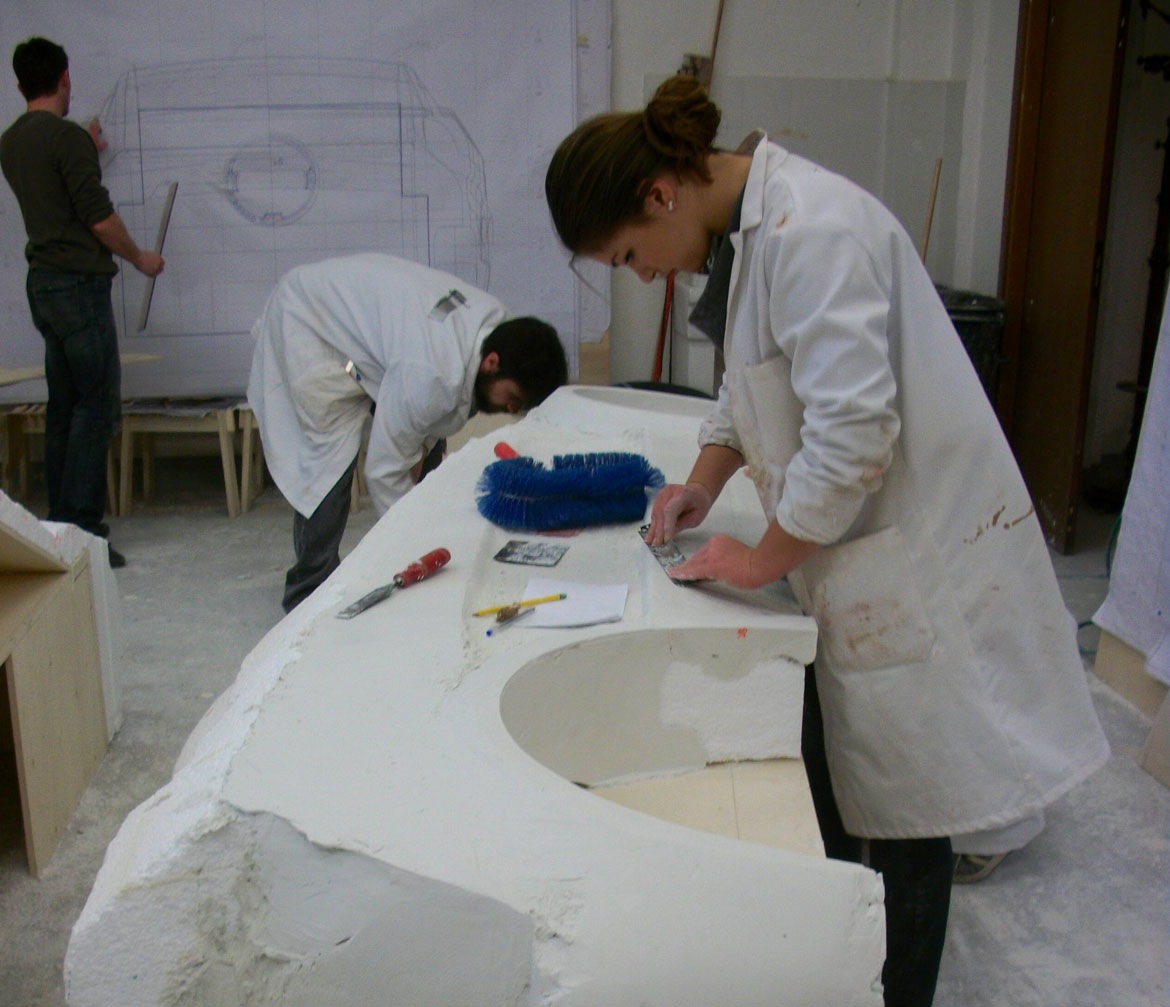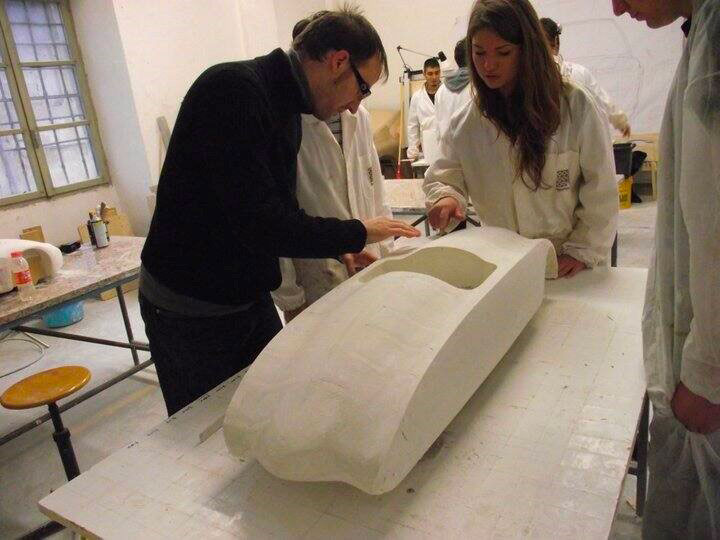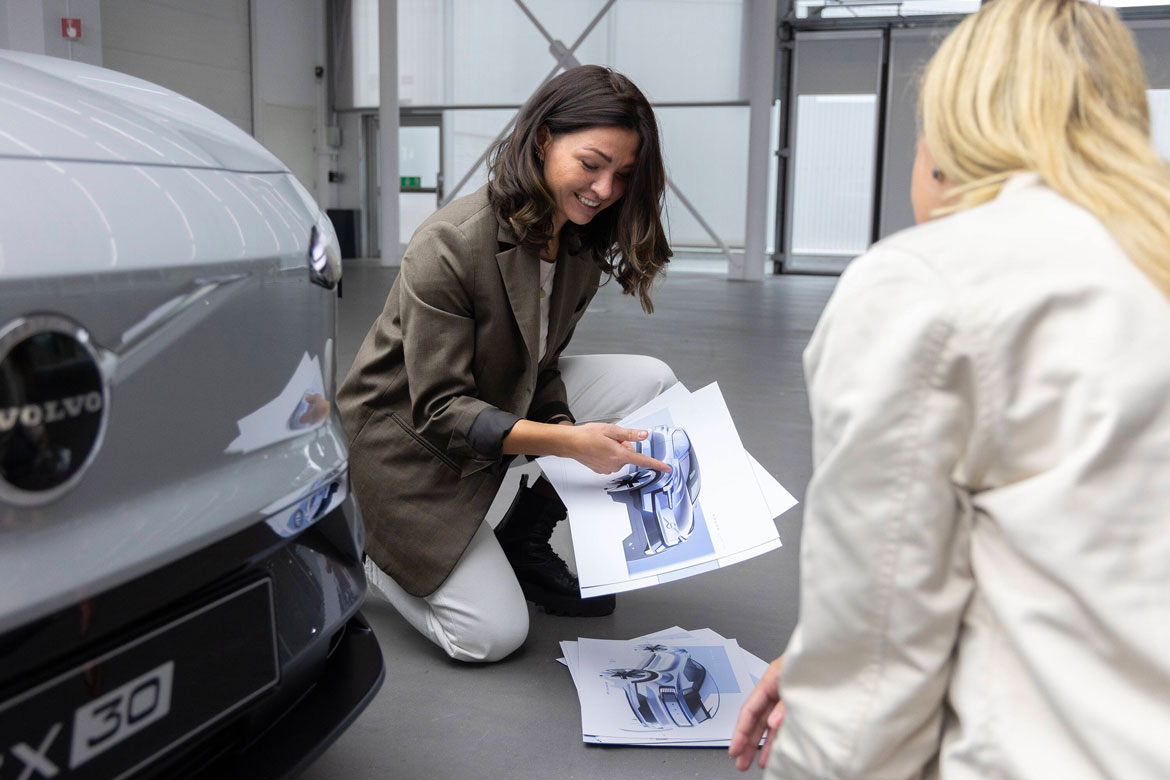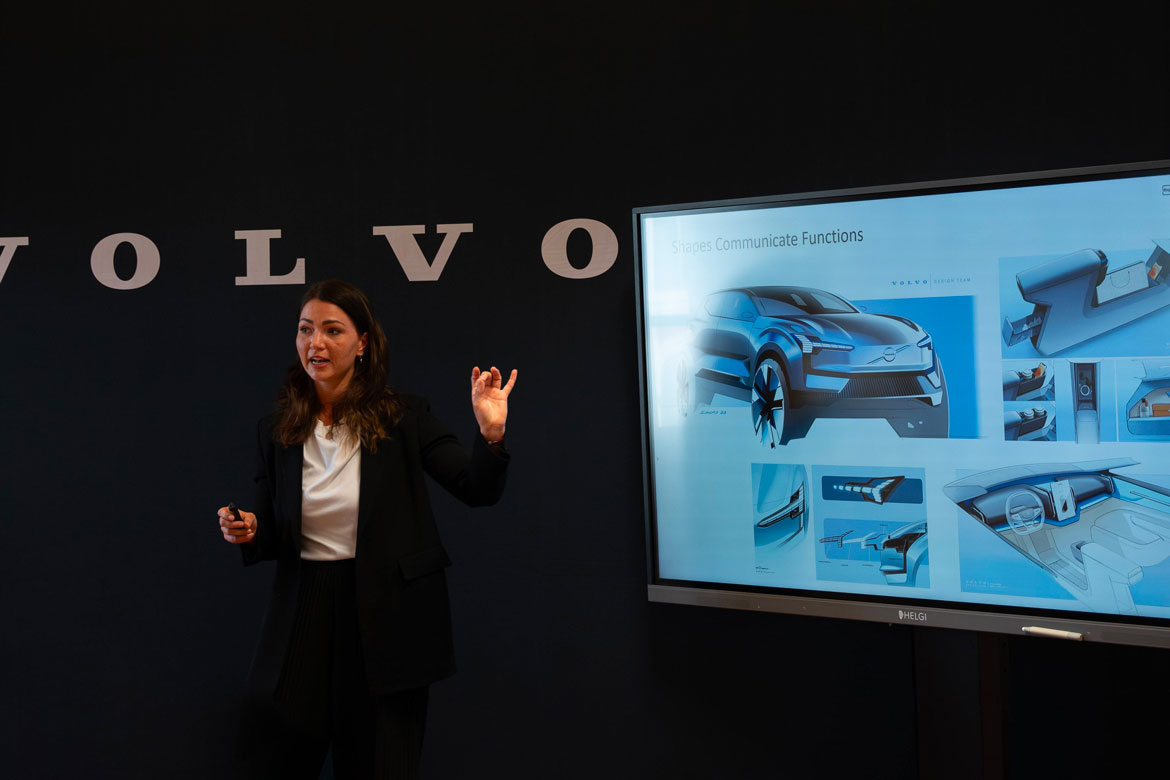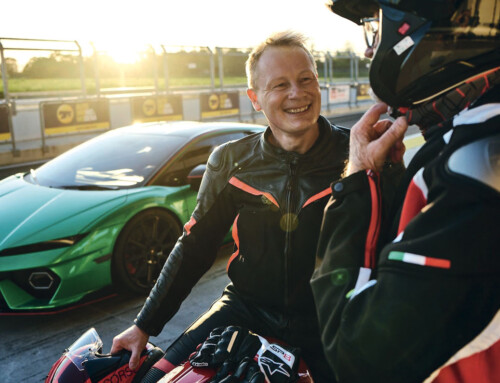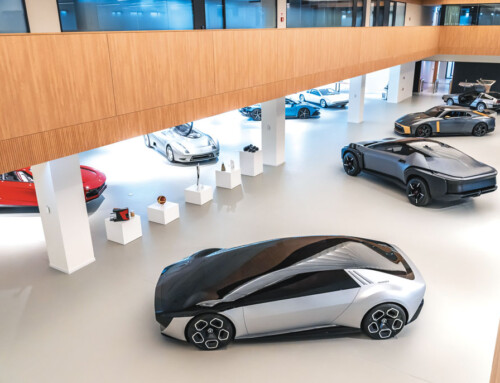Never before has Auto&Design collected so much evidence from car design managers on how important it is to continue to create physical models. We had further confirmation of this from Katharina Sachs, a thirty-two-year-old German senior exterior designer from Volvo, whom we met at the AgenForm CEMI (European Center for Industrial Modeling) school in Savigliano, an hour’s drive from Turin, where she returned in April for a day of meetings to testify to her experience.
His professional history has its roots in the desks of AgenForm CEMI, an institution founded in 1998 from the collaboration with A.N.F.I.A. (Italy’s National Association of the Automotive Industry Supply Chain) and established itself as a reference training center, attracting students from every corner of the globe eager to pursue a career as a model maker in the transportation design sector. The path of Katharina Sachs, who between October 2010 and July 2011 attended the Industrial Model Technician course when she was just seventeen, is an eloquent example.
As Katharina herself pointed out, her Italian experience at AgenForm CEMI gave her a “deep understanding of 3D design and turning ideas into tangible reality.” In an industry where the transition from virtual concept to physical object is far from obvious, mastery of clay modeling is an irreplaceable bridge. The designer’s hands become tools to give shape to visions, to explore volumes and surfaces with a freedom and sensitivity that software can hardly fully replicate. “I learned how to bridge the gap between idea and practice, between concept and execution, developing both the technical skills and the creative mindset needed to bring projects to life.” Clay modeling is not just a manual technique, but a real training ground for the creative mind. It allows you to develop a sense of space, proportions and flowing lines that are essential for a harmonious and eye-catching automotive design.
The modeling course has also instilled in Katharina a design philosophy rooted in the understanding of the physical world. “It taught me that every material has its own logic and that successful design is about respecting and using that logic rather than insisting on form without understanding its foundations.” After the training experience in Savigliano, which provided her with solid technical foundations, Katharina continued her path with an experience at Italdesign Giugiaro and then with more specific studies in automotive design at the University of Pforzheim. It was precisely the practical experience gained thanks to AgenForm CEMI that allowed her to access that university, where experience in the workshop was a prerequisite.
Joining Volvo Cars in 2017 marked the beginning of a distinguished career that culminated in the leadership of the exterior design of the revolutionary EX30. A success that, as Katharina herself acknowledges, has its foundations in learning the “basics of how to work with volumes and build surfaces” acquired at the Savigliano school, “key elements for successfully transferring design ideas into reality”, especially in an era in which design plays a crucial role in communicating the cutting-edge technology present in cars. Katharina Sachs’ return to AgenForm CEMI was not only an opportunity to celebrate a successful career path, but also a moment of inspiration for young students who, like her in the past, take their first steps in the fascinating and complex world of automotive design.


